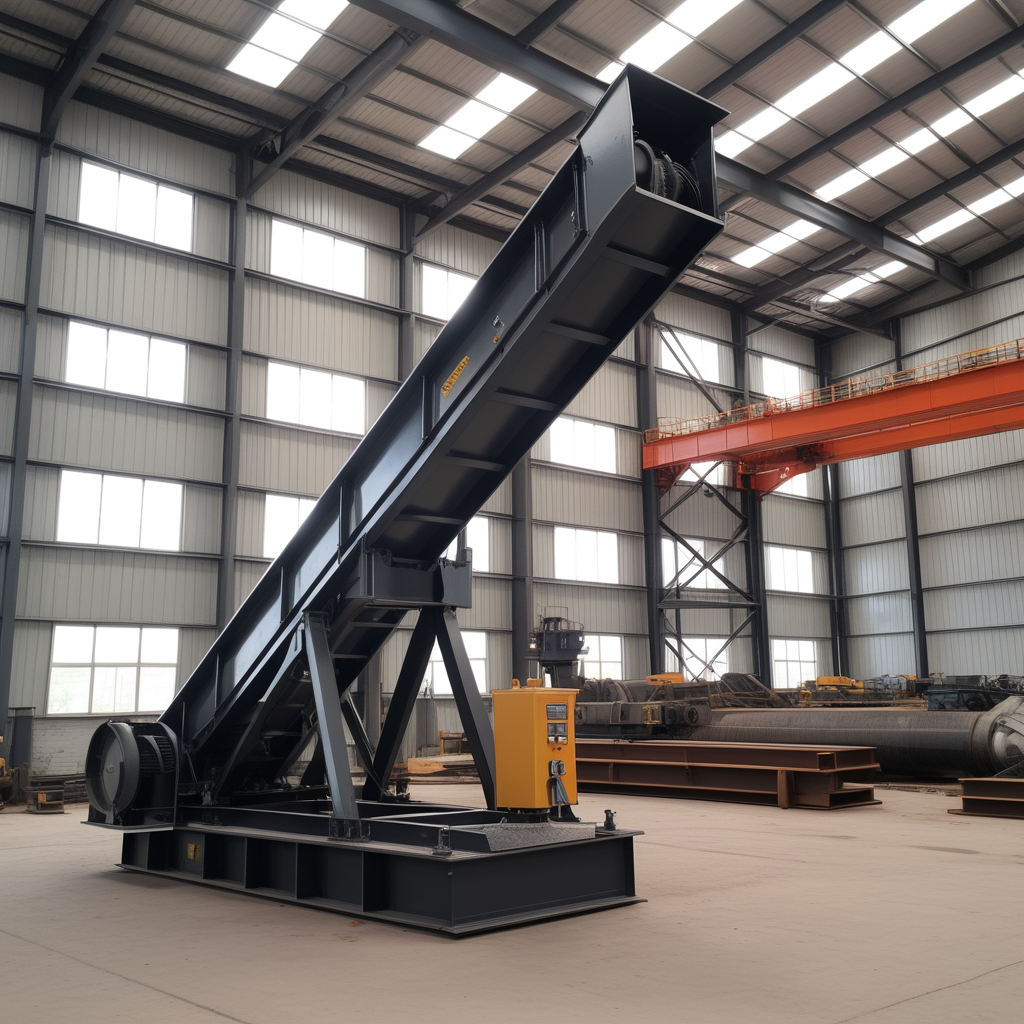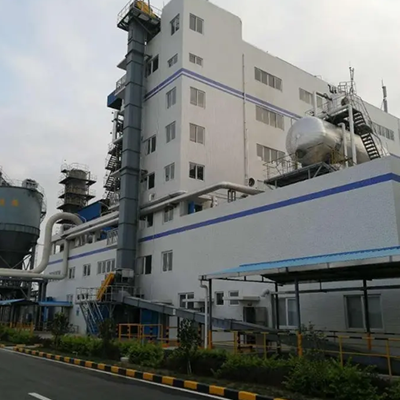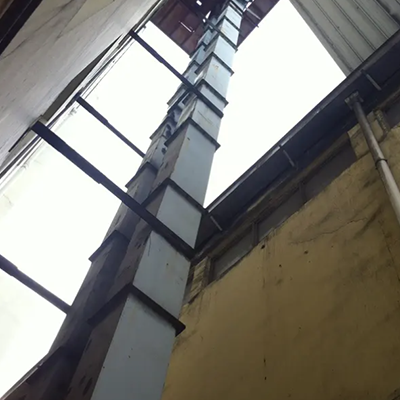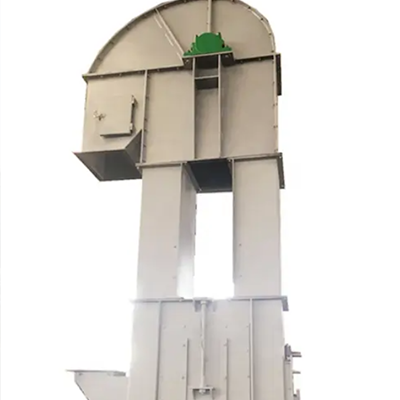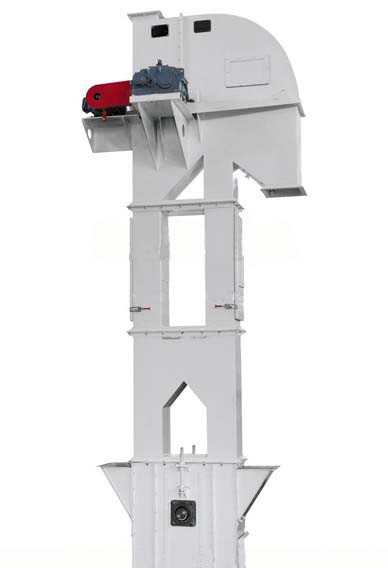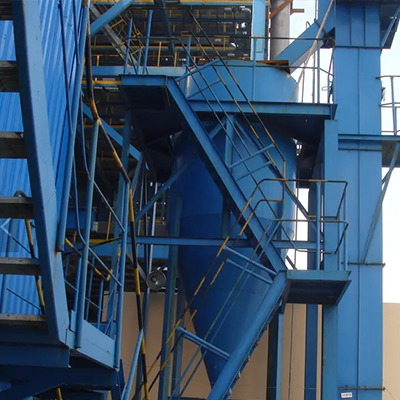
Bulk Material Handling Equipment & Systems
Bulk Material Handling: Conveyor Systems are essential for transporting large quantities of bulk materials across varying distances, orientations, and capacities in industries such as agriculture, mining, construction, power plants, and waste-to-energy facilities. These systems are designed to improve efficiency, safety, and cost-effectiveness.
Types of Conveyor Systems for Bulk Material Handling
1. Belt Conveyors
- Function: Move materials horizontally or on a gentle incline.
- Material Types: Grains, coal, sand, cement, aggregates.
- Features:
- Rubber belts for general materials.
- Heat-resistant or abrasion-resistant belts for specific applications.
- Can include cleats for steep inclines.
- Applications:
- Mining and quarrying for ore and aggregate transport.
- Agricultural use for grain and seed handling.
2. Screw Conveyors
- Function: Move materials using a rotating helical screw blade within a tube.
- Material Types: Powders, granular materials, semi-solid materials.
- Features:
- Can be horizontal, inclined, or vertical.
- Dust-tight designs to prevent material leakage.
- Applications:
- Cement and fly ash transport.
- Food industry for flour and sugar.
3. Bucket Elevators
- Function: Transport bulk materials vertically or at steep angles.
- Material Types: Fine powders, grains, cement, or coal.
- Features:
- Buckets attached to a belt or chain.
- High capacity and space-efficient.
- Applications:
- Grain silos and cement plants for vertical material transfer.
4. Drag Chain Conveyors
- Function: Move heavy or abrasive materials using a chain-driven system.
- Material Types: Clinker, ash, aggregates, slag.
- Features:
- Enclosed system minimizes spillage and dust.
- Suitable for horizontal or steep incline transport.
- Applications:
- Power plants for ash handling.
- Cement plants for clinker transport.
5. Pneumatic Conveyors
- Function: Use air pressure or vacuum to move fine or lightweight materials through pipes.
- Material Types: Fly ash, grain, cement, or powders.
- Features:
- Enclosed system prevents contamination and spillage.
- Suitable for long-distance transport.
- Applications:
- Power plants for fly ash handling.
- Food and pharmaceutical industries for powder transport.
6. Vibratory Conveyors
- Function: Move materials using vibrating motion.
- Material Types: Granules, powders, or irregularly shaped materials.
- Features:
- Gentle handling for fragile materials.
- Dust-tight options available.
- Applications:
- Recycling and waste processing.
- Food industry for delicate items.
7. Overland Conveyors
- Function: Long-distance transport of bulk materials across open terrain.
- Material Types: Coal, ores, limestone, or aggregates.
- Features:
- Large capacities with energy-efficient designs.
- Minimal environmental impact.
- Applications:
- Mining operations.
- Large-scale cement or aggregate facilities.
8. Telescopic Conveyors
- Function: Adjustable length conveyors for loading and unloading.
- Material Types: Grain, bulk powders, or packaged goods.
- Features:
- Extendable design for flexibility.
- Space-saving and versatile.
- Applications:
- Truck or ship loading and unloading.
Benefits of Conveyor Systems
- Efficiency:
- Continuous material flow reduces downtime and manual labor.
- Cost-Effective:
- Low operating costs compared to other material transport methods.
- Flexibility:
- Can handle diverse materials and be customized for specific needs.
- Safety:
- Reduces risks associated with manual handling and heavy equipment.
- Environmental Compliance:
- Enclosed systems prevent dust emissions and material spillage.
Design Considerations for Conveyor Systems
- Material Properties:
- Flowability, abrasiveness, particle size, and density.
- Capacity:
- Ensure the system can handle the required tons per hour.
- Distance and Orientation:
- Account for horizontal, vertical, or inclined transport needs.
- Environmental Factors:
- Consider operating temperature, humidity, and corrosive conditions.
- Integration:
- Ensure compatibility with existing equipment and processes.
- Maintenance:
- Design systems for easy access and reduced downtime.
Applications of Conveyor Systems in Bulk Material Handling
- Agriculture:
- Grain and seed conveyors, elevators for silos.
- Mining:
- Ore transport from extraction points to processing facilities.
- Cement Industry:
- Handling limestone, clay, clinker, and cement.
- Power Plants:
- Coal and ash conveyors for thermal power generation.
- Waste-to-Energy:
- Bottom ash and fly ash transport systems.
- Food Processing:
- Hygienic conveyors for sugar, flour, or grains.
- Chemical Industry:
- Enclosed conveyors for powders and chemicals.
Technological Advancements in Conveyor Systems
- Smart Conveyor Systems:
- Integrated sensors for real-time performance monitoring.
- IoT-enabled for predictive maintenance.
- Energy-Efficient Designs:
- Variable speed drives to optimize energy use.
- Automated Controls:
- Programmable systems for precise operation.
- Modular Designs:
- Allow easy installation, expansion, and upgrades.
- Environmentally Friendly Features:
- Enclosures and dust suppression systems for cleaner operations.
Example: Waste-to-Energy Plant Conveyor System
- Challenge: Efficiently handle and transport bottom ash and fly ash while meeting environmental regulations.
- Solution:
- Installed drag chain conveyors for bottom ash.
- Pneumatic conveyors for fly ash transfer to silos.
- Dust control systems integrated at transfer points.
- Result:
- Reduced maintenance, improved operational efficiency, and compliance with environmental standards.
Would you like recommendations for a specific type of conveyor system or assistance designing a system for your facility? Let me know the material type, capacity, or specific challenges you’re facing!
Write your message here and send it to us

